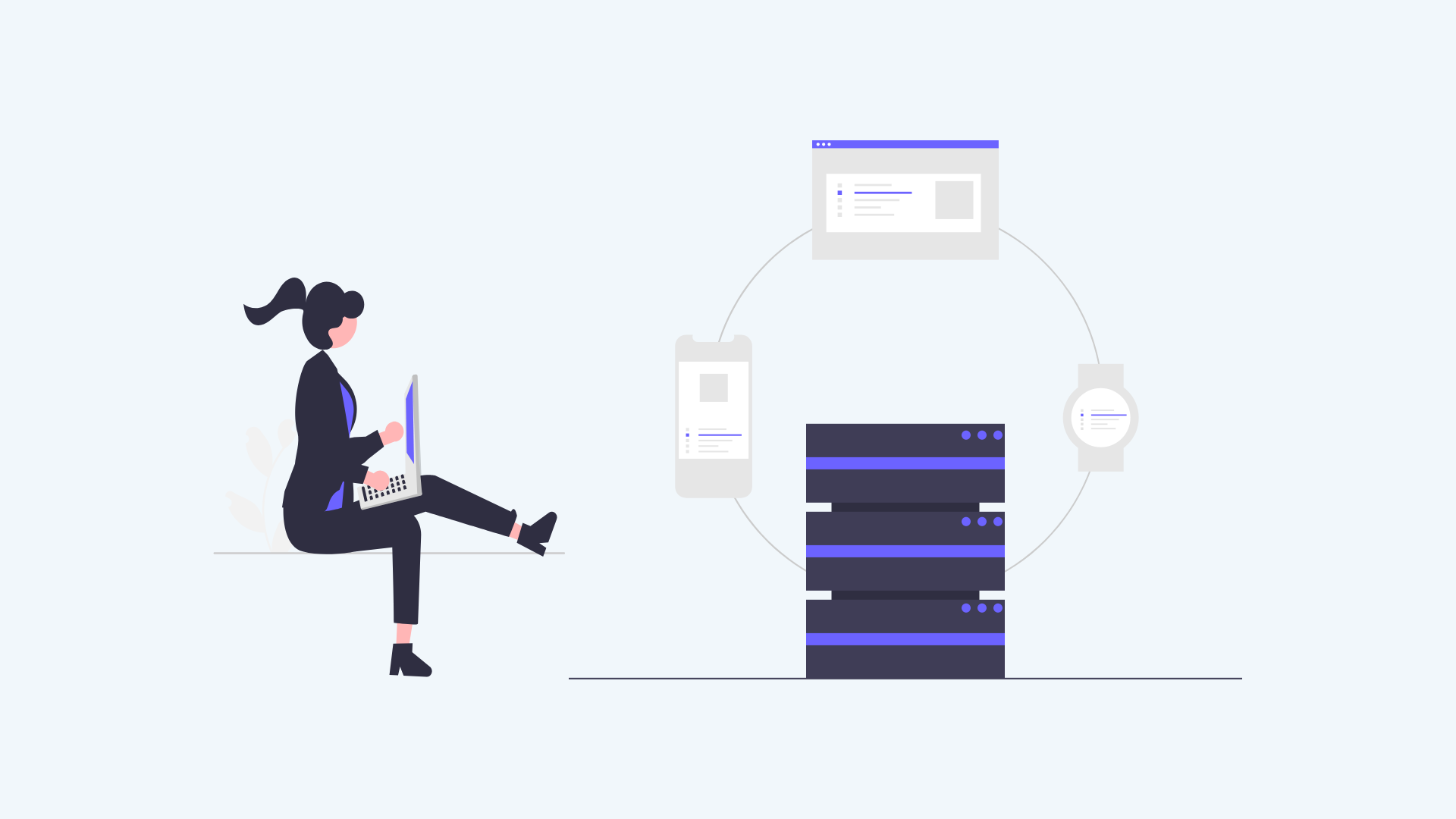
Frontend vs Backend Development: Understanding the Differences
3 min read
In web development, frontend and backend development are two essential pillars that work together to create seamless and functional web applications. Understanding the distinctions between frontend and backend roles, technologies, and responsibilities is crucial for anyone looking to pursue a career in web development or seeking to understand the development process better. In this blog, we'll delve into the differences between frontend and backend development, highlighting their unique contributions to the web development ecosystem.
- Frontend Development
Role and Responsibilities: Frontend development focuses on the client-side of web applications, dealing with everything users interact with directly in their browsers.
Key Technologies:
HTML (Hypertext Markup Language): Defines the structure and content of web pages.
CSS (Cascading Style Sheets): Styles the HTML elements, determining the layout, colors, fonts, and visual aspects.
JavaScript: Adds interactivity and dynamic behavior to web pages, handling user actions and data manipulation.
Frameworks and Libraries:
Popular frameworks like React, Vue.js, and Angular facilitate building complex frontend applications efficiently.
Challenges:
Ensuring cross-browser compatibility.
Optimizing performance for faster loading times.
Enhancing accessibility and usability.
- Backend Development
Role and Responsibilities: Backend development focuses on the server-side logic of web applications, managing the database, server, and application logic.
Key Technologies:
HTML (Hypertext Markup Language): Such as Python, Java, PHP, Ruby, Node.js, etc., for server-side scripting and logic.
Databases: MySQL, PostgreSQL, MongoDB for storing and managing data.
Server Environment: Apache, Nginx, Express.js, etc., for handling server requests and responses.
Frameworks and Tools:
Frameworks like Django (Python), Spring (Java), Laravel (PHP), and Express.js (Node.js) expedite backend development tasks.
Challenges:
Ensuring security measures (e.g., data encryption, authentication).
Optimizing database queries and server performance.
Scaling applications to handle increasing traffic and data volumes.
- Collaboration and Communication
Role and Responsibilities: Effective communication and collaboration between frontend and backend developers are essential for creating cohesive web applications. They work together to integrate frontend interfaces with backend functionalities, ensuring seamless user experiences and robust application performance.
- Full-Stack Development
Full-stack developers have proficiency in both frontend and backend development, capable of handling the entire web development process from start to finish. They possess a comprehensive understanding of how frontend and backend components interact, allowing them to optimize performance and user experience effectively.
Conclusion
Frontend and backend development play complementary roles in web development, each focusing on distinct aspects of creating functional and user-friendly web applications. Whether you're interested in designing engaging user interfaces or developing robust server-side functionalities, understanding these differences is crucial for building successful web projects.
At Complitech, we specialize in delivering comprehensive web and mobile app solutions using cutting-edge frontend and backend technologies. Contact us today to learn more about how we can help you achieve your web development goals.
Please feel free to reach out to us if you have any questions or require a customized business solution.
 Back
Back
